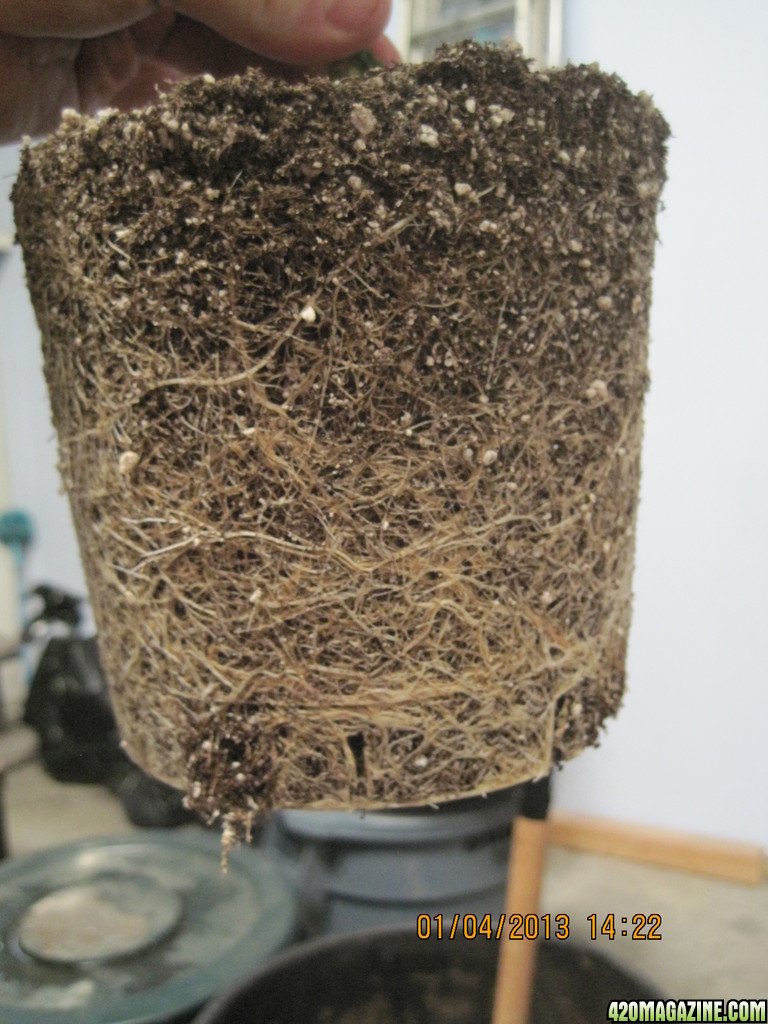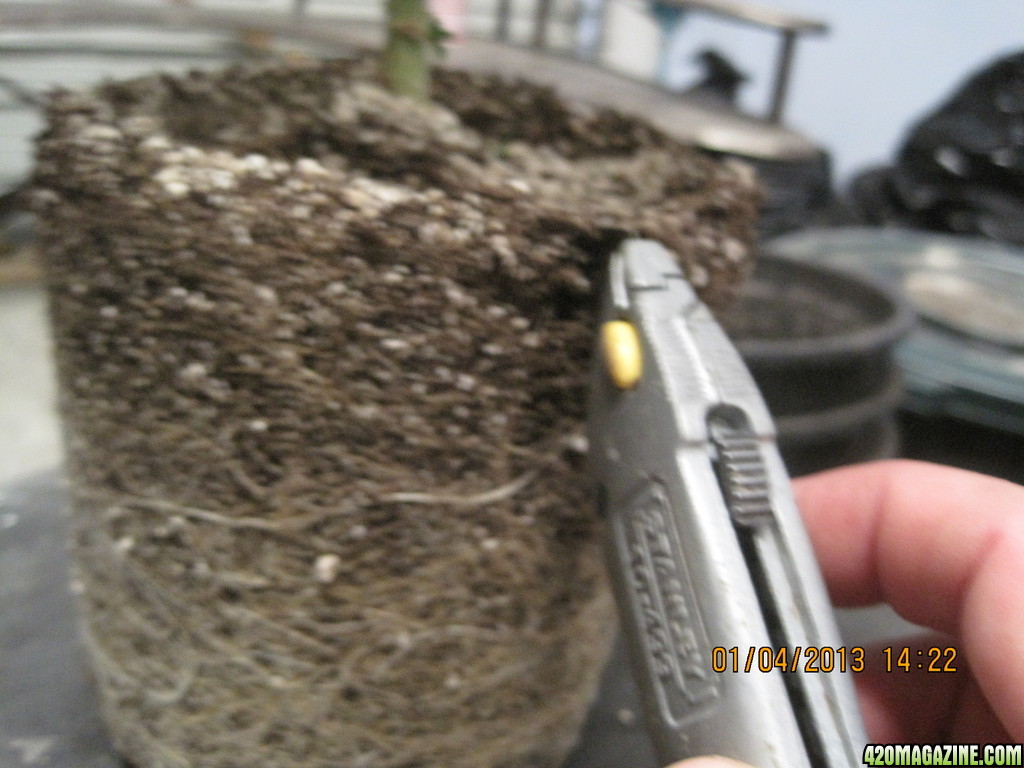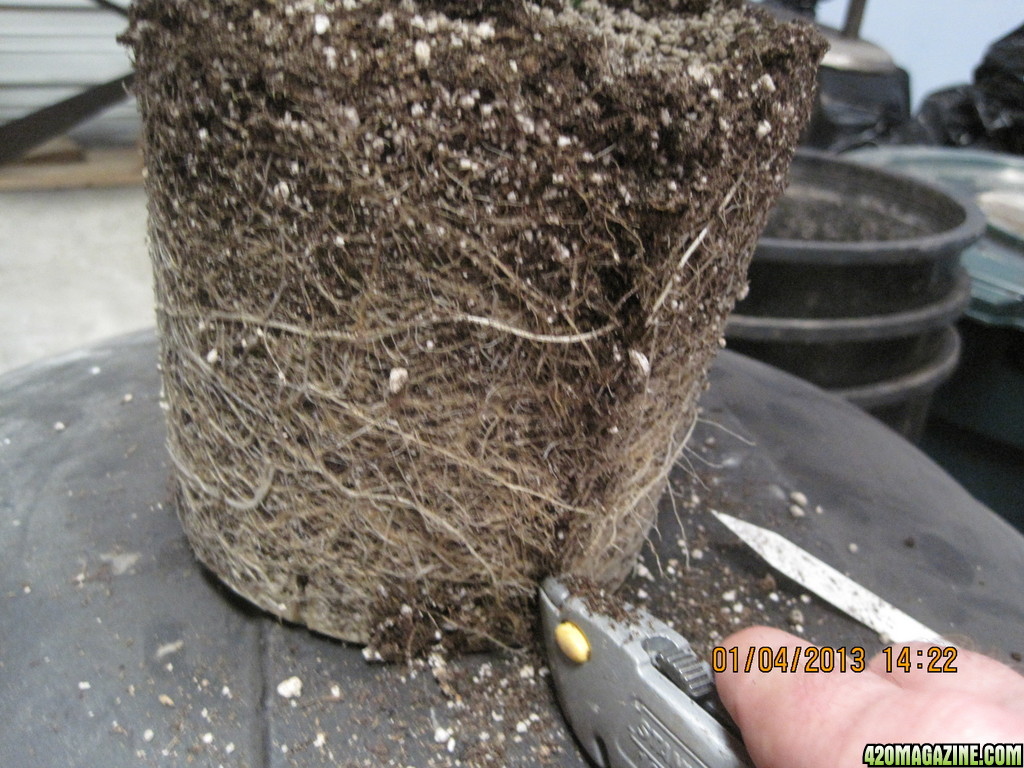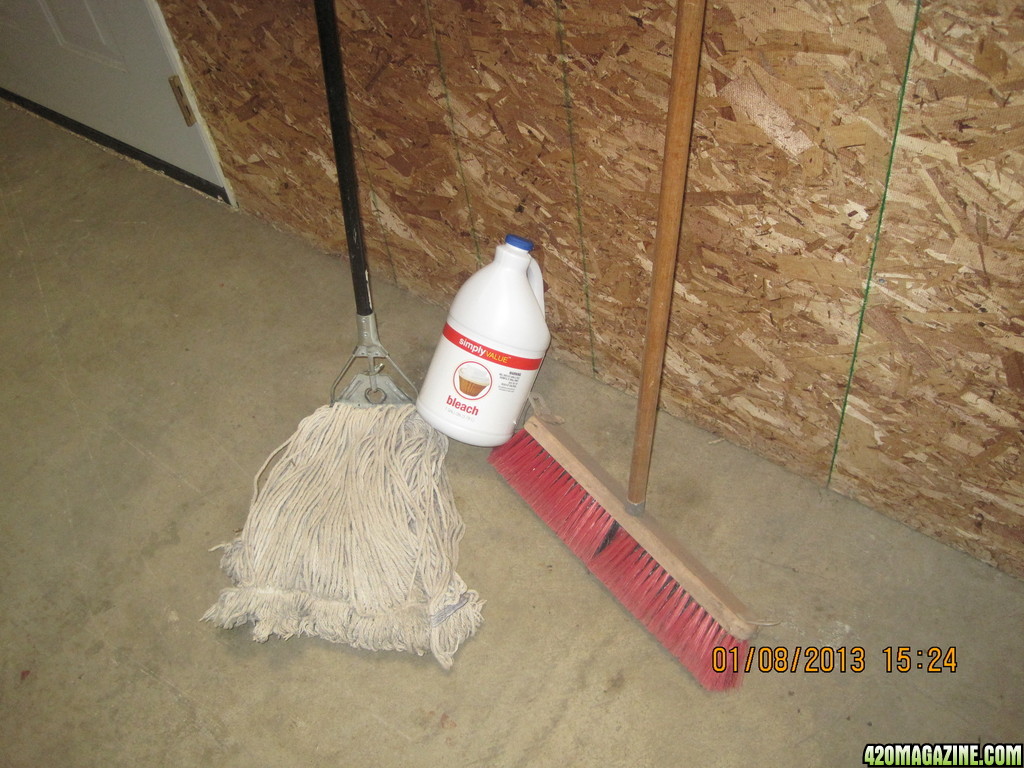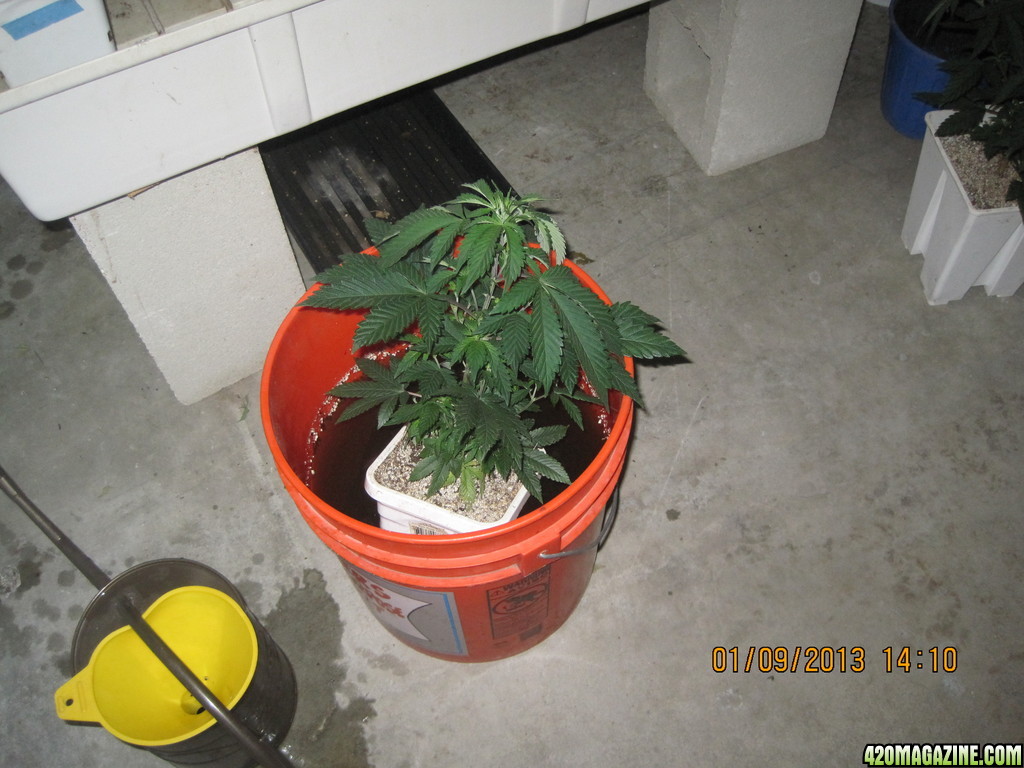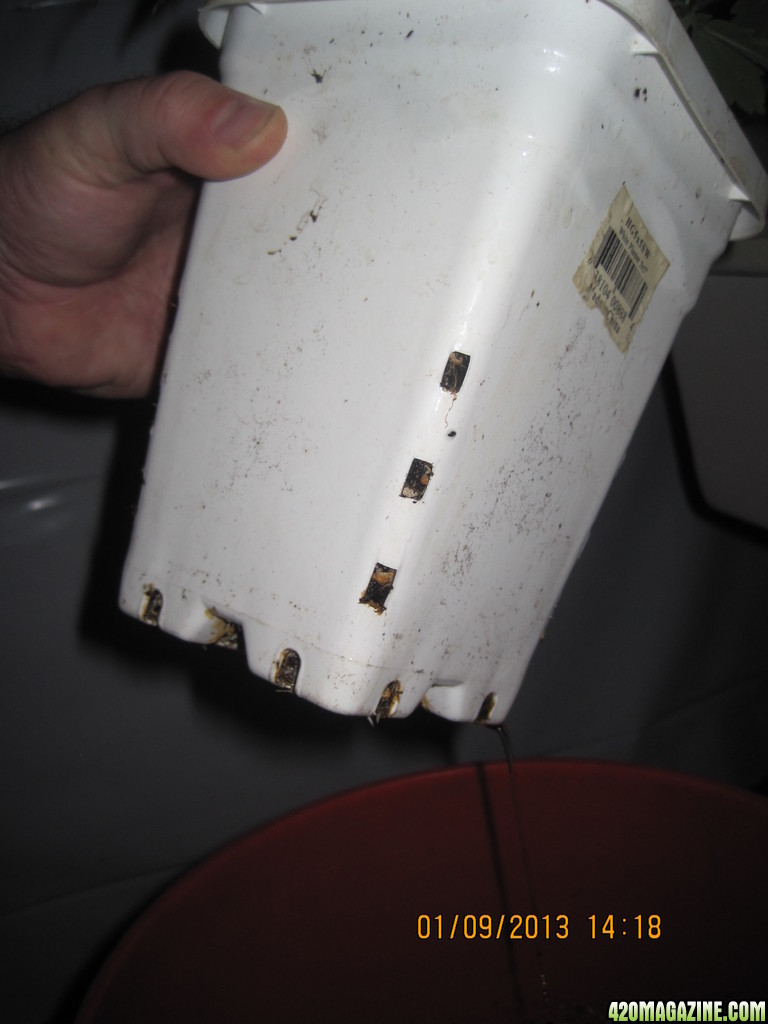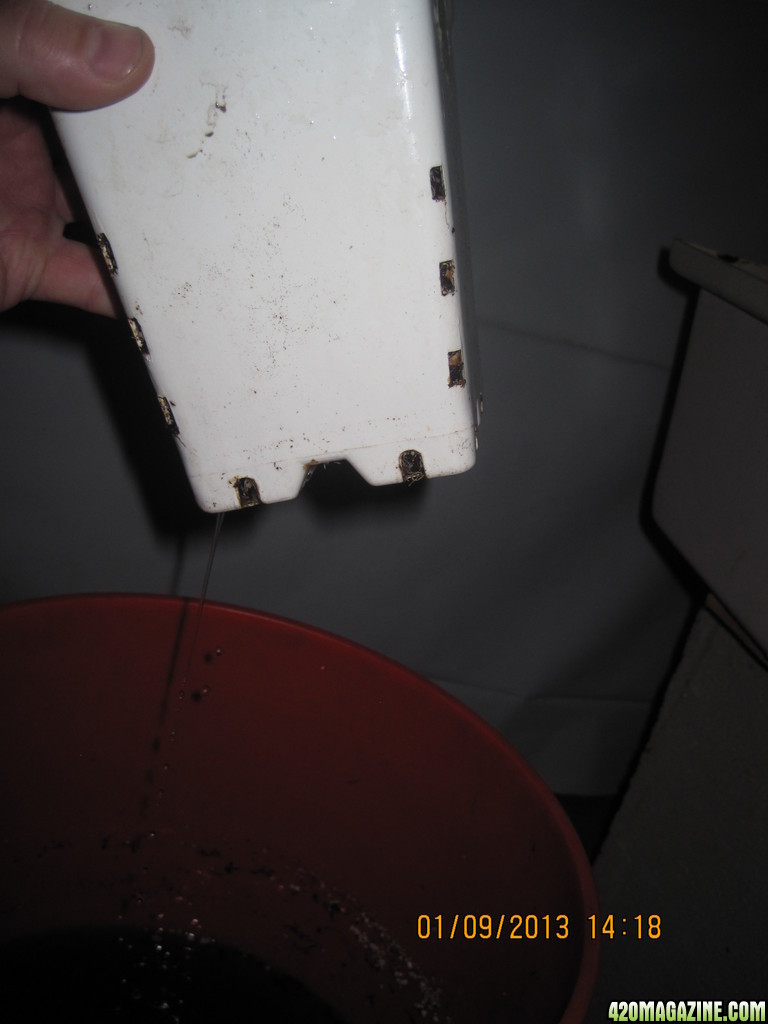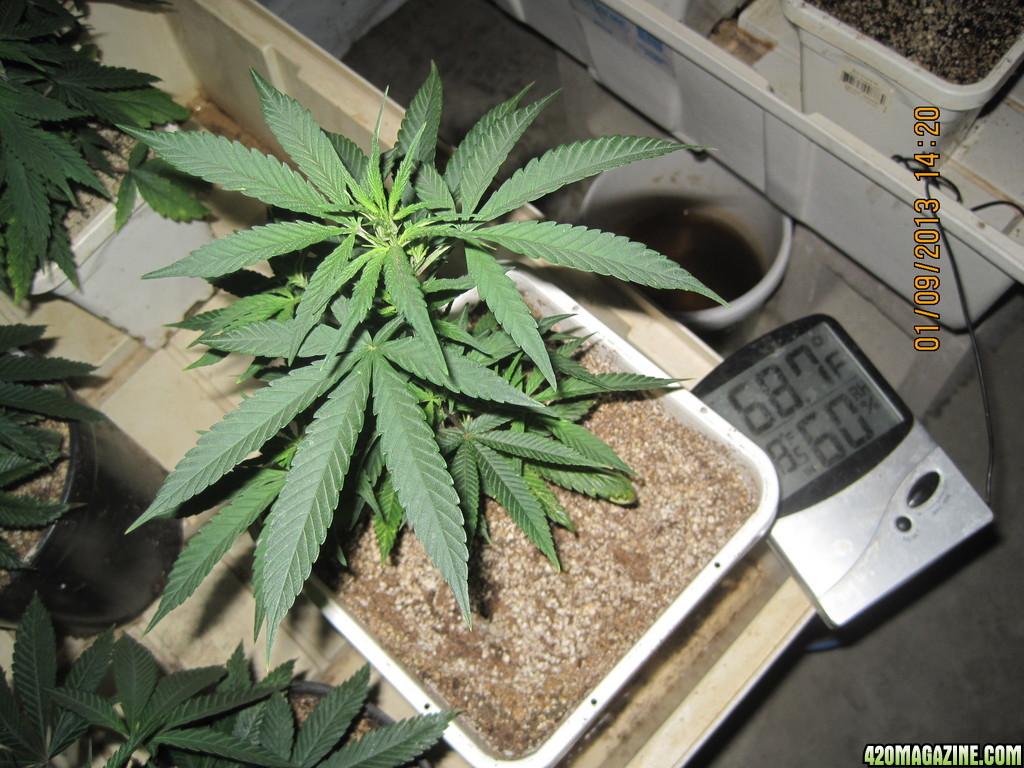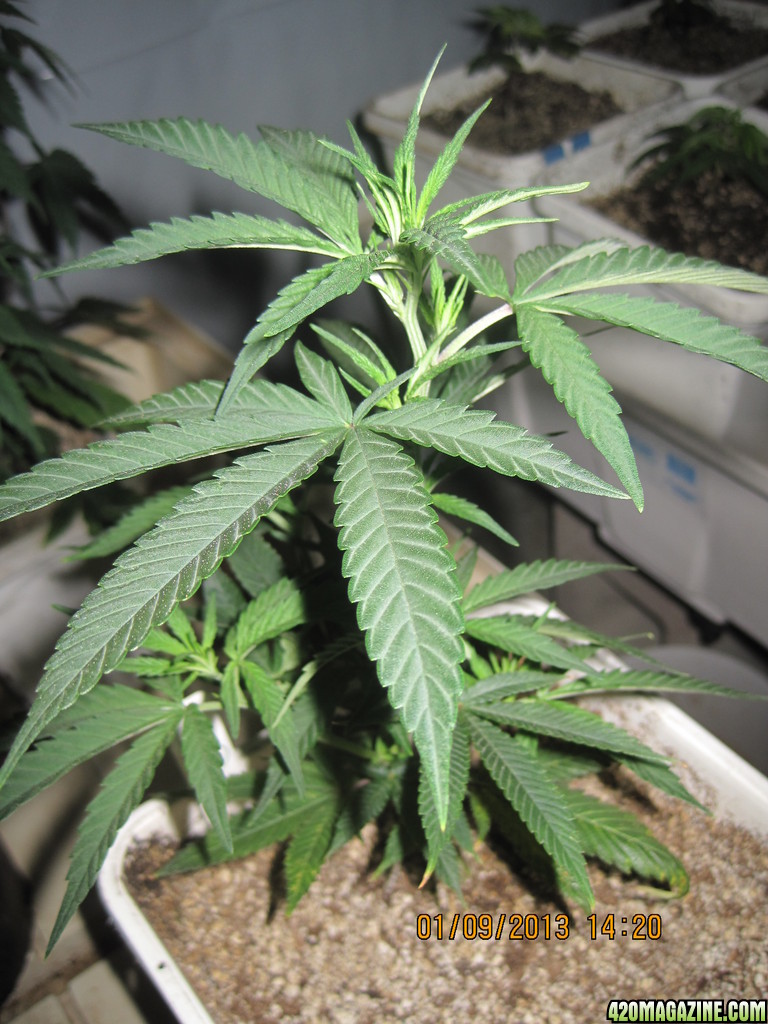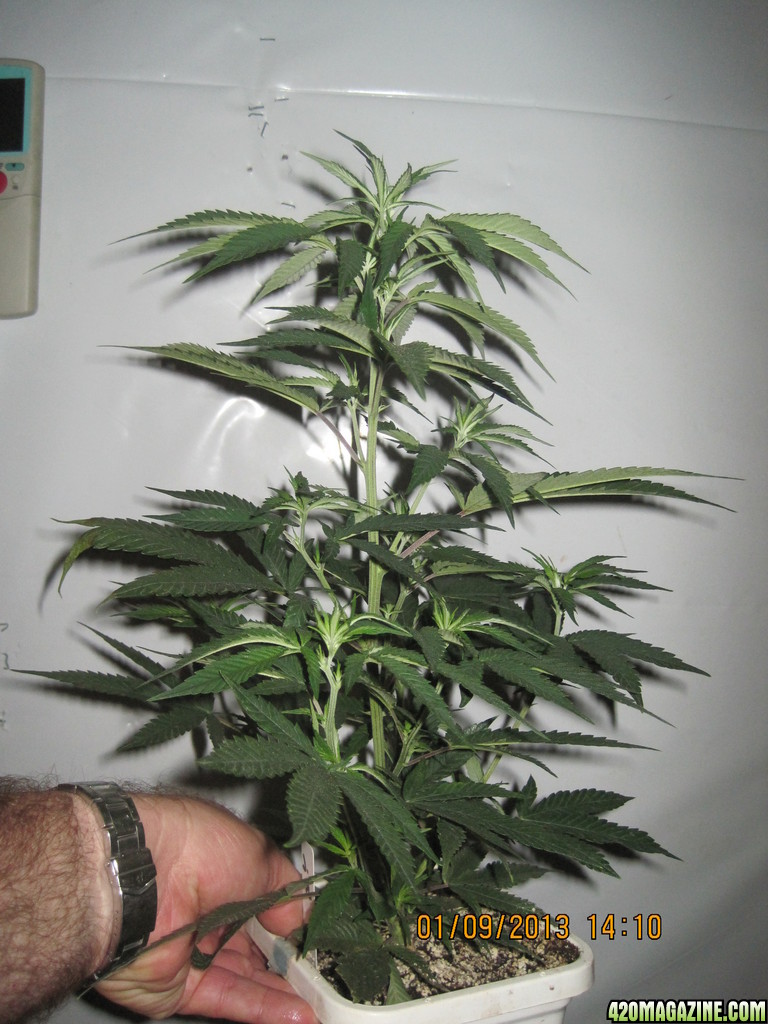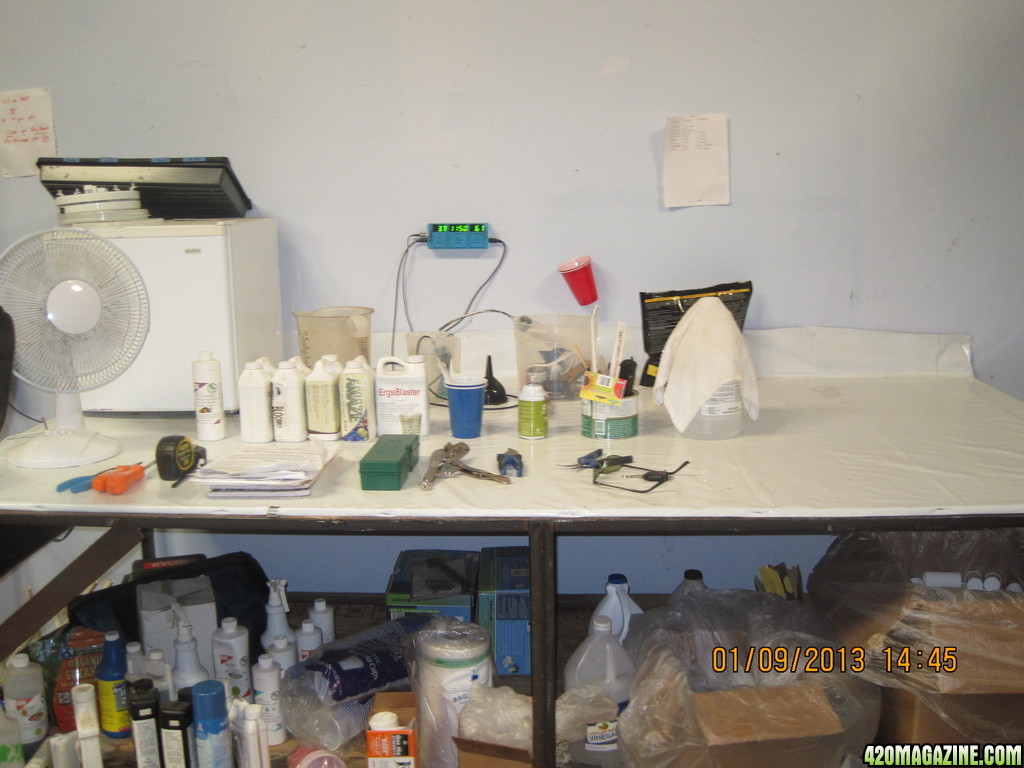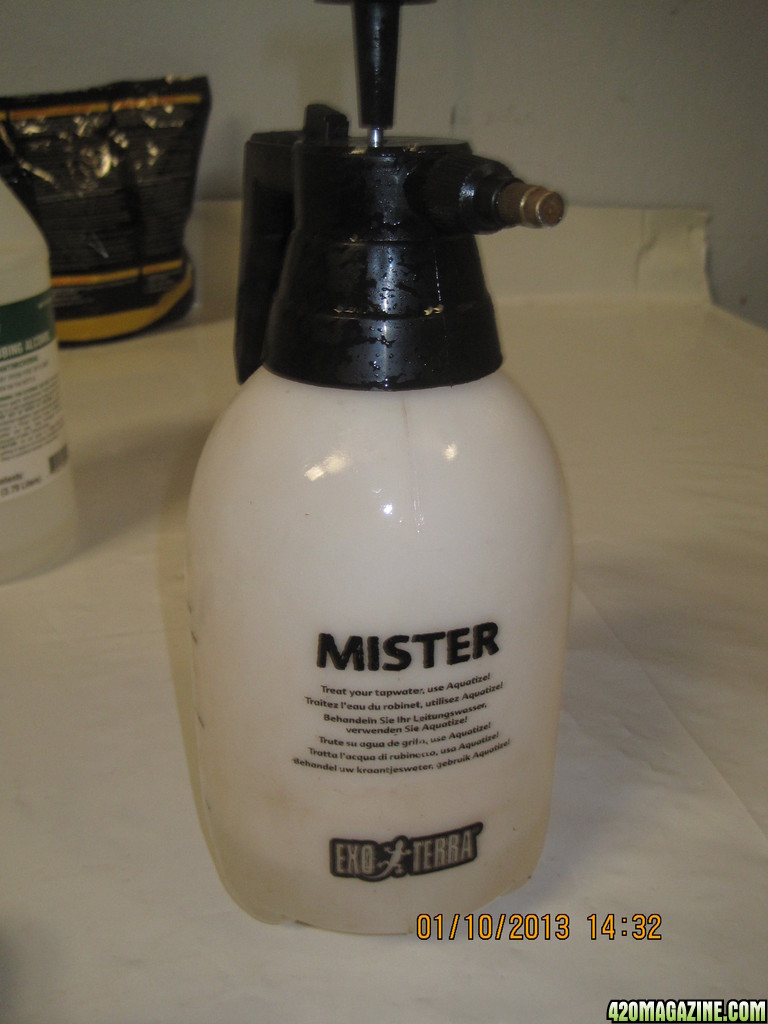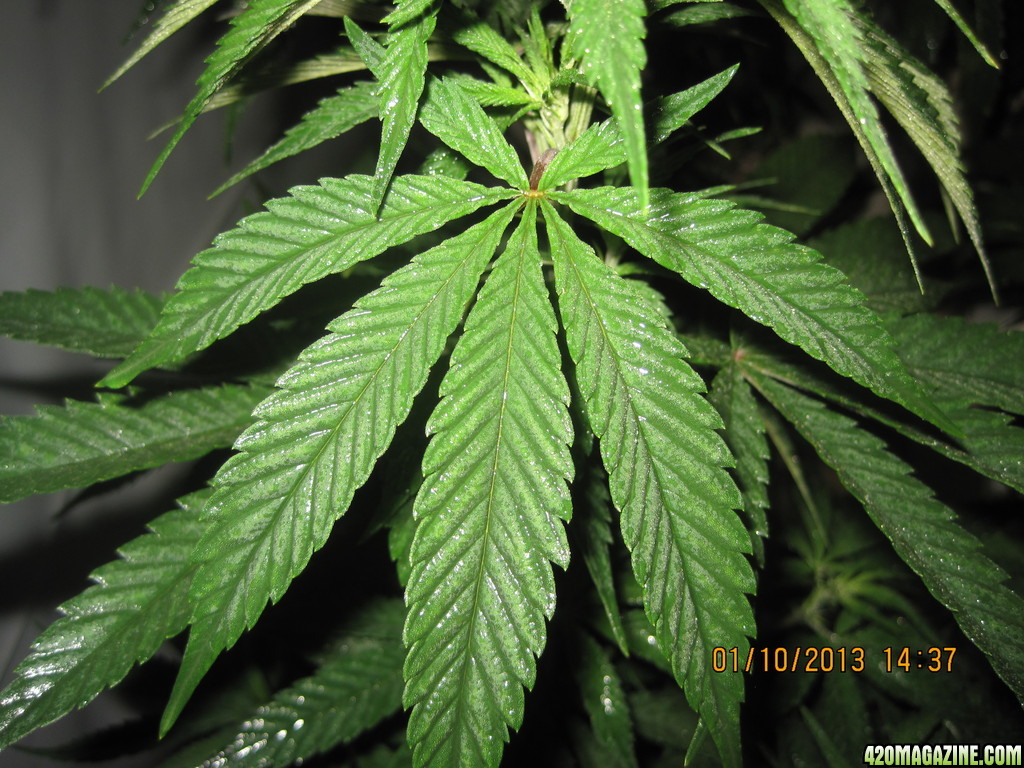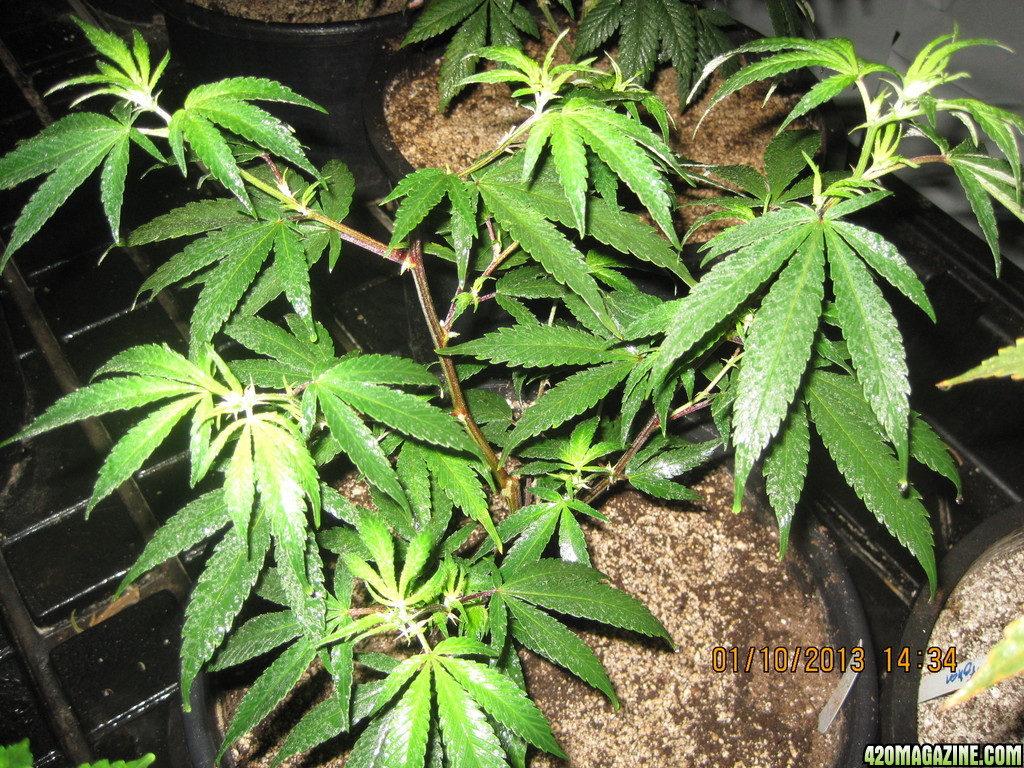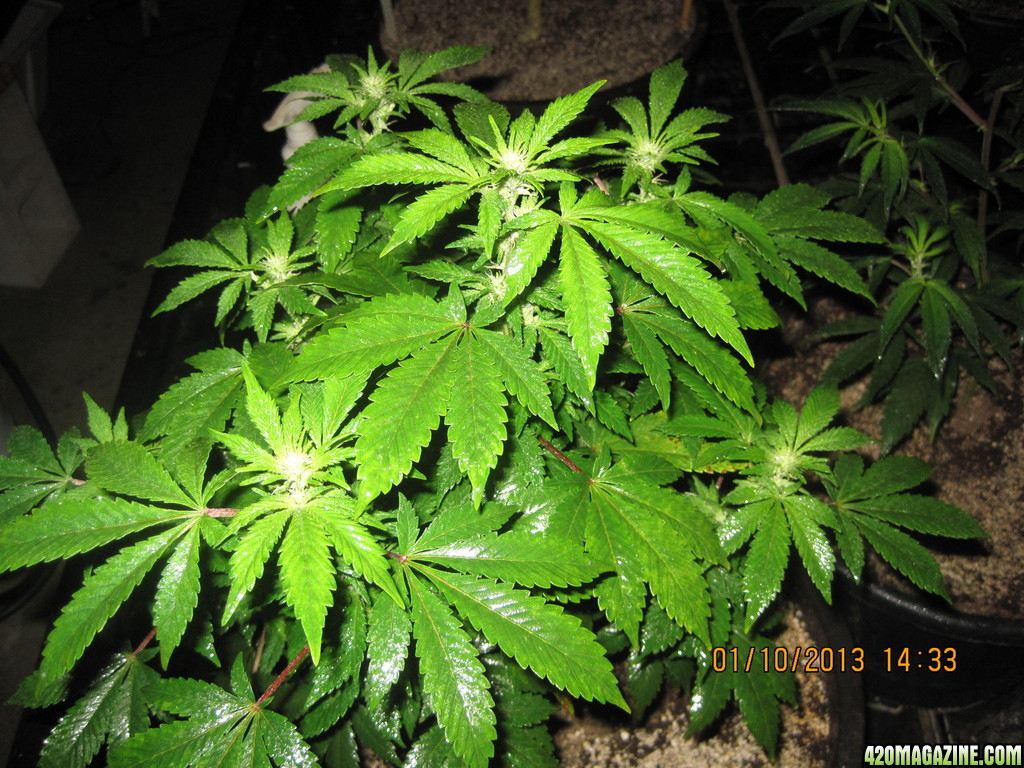- Thread starter
- #41
Re: "In the Lab" with Doc Bud
I see know problem using air pots or smart pots as long as they are a minimum of 5 gallons. I'd prefer 7.
Veg times vary. When growing from seed, I often do zero veg time and start them on 12/12. From cuttings, usually 3-4 weeks after the cutting roots and is put into dirt
There is no tea brewing with the Kit. Everything is premixed, just add water and it makes its own sauce. The microbial product included in the kit is highly concentrated and does not need brewing. Plus, the soil has myko AND the root innoculate has all kinds of beneficials.
The microbial product included in the kit is highly concentrated and does not need brewing. Plus, the soil has myko AND the root innoculate has all kinds of beneficials.
Feeing with the kit takes maby 1 minute to pour an ounce of liquid into a gallon of water, and maybe another minute to figure out how to get that gallon of feed water in half so you can make 2 buckets, etc. No pHing, no PPM testing. Very, very easy.
Very informative doc question high brix with air or smart pots? Also what is you veg length and how long does your teas take to brew? Thanks doc
I see know problem using air pots or smart pots as long as they are a minimum of 5 gallons. I'd prefer 7.
Veg times vary. When growing from seed, I often do zero veg time and start them on 12/12. From cuttings, usually 3-4 weeks after the cutting roots and is put into dirt
There is no tea brewing with the Kit. Everything is premixed, just add water and it makes its own sauce.
 The microbial product included in the kit is highly concentrated and does not need brewing. Plus, the soil has myko AND the root innoculate has all kinds of beneficials.
The microbial product included in the kit is highly concentrated and does not need brewing. Plus, the soil has myko AND the root innoculate has all kinds of beneficials. Feeing with the kit takes maby 1 minute to pour an ounce of liquid into a gallon of water, and maybe another minute to figure out how to get that gallon of feed water in half so you can make 2 buckets, etc. No pHing, no PPM testing. Very, very easy.



